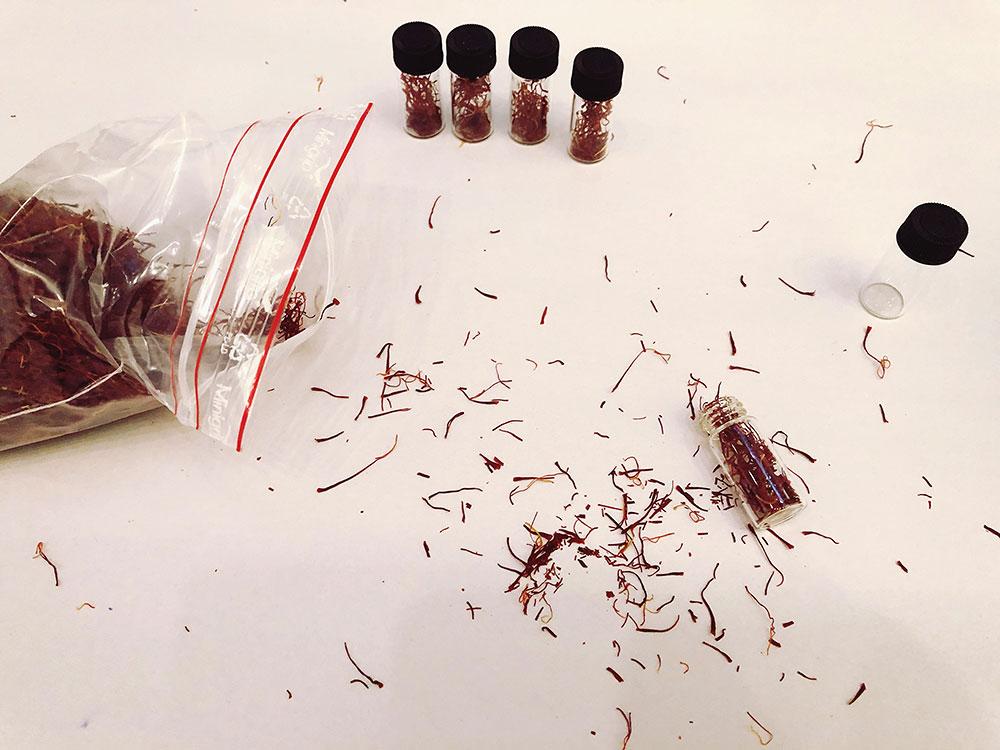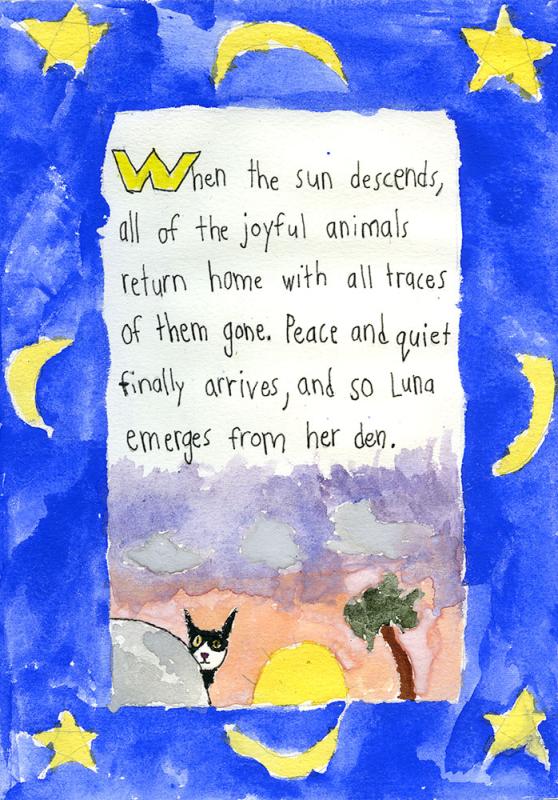Saffron is much more than a pigment, and its many uses can be traced back to the ancient world. Harvested from the crocus sativus, a delicate flower cultivated in places like Greece and Persia (Iran), it appears as a spice, a dye, perfume, and is regularly used in holistic medicine. With its antidepressant, anti-inflammatory, and aphrodisiac properties, saffron has proven useful in the treatment of respiratory and ocular disorders, cancer, and digestive and heart health, among many other ailments.1 It is no wonder that it has been a part of holistic systems like Islamic Traditional Medicine (ITM) and Traditional Chinese Medicine (TCM) for centuries. At the Morgan Library & Museum, we use saffron as a featured pigment in Colors of the World: Illuminated Manuscripts in the Age of Exploration, one of our core school programs, and as well as for the Morgan Book Project, our unique extended learning program that teaches students how to make their own illuminated manuscripts.
These educational programs focus on the history of the book and traditional art materials used during the Middle Ages and Renaissance to create illuminated manuscripts. They teach students about a time before the printed book, taking them on a journey around the world to learn about Silk Road routes and how natural resources were traded and sought after to become an undeniably important part of art history. Colors of the World is taught in two parts. In Part I, students visit J. Pierpont Morgan’s historic library, where our educators begin by contextualizing Morgan’s life and place in history, as well as the significance of his collection and why and how we still engage with it today. Then, students settle in for a deep dive into the history of books, discussing anything from papyrus to paper. Educators help them investigate primary sources on display in the museum and use touch objects to build a foundational understanding of the materials that comprise an illuminated manuscript, among which are pigments, like saffron.
Although saffron is not the only featured color in the Colors program, its complexity prompts some of the most stirring conversations. Saffron is actually derived from the stigmas of the crocus sativus, which already makes it valuable, as there are only three per flower. This means that approximately 75,000–80,000 flowers are needed to produce a single pound of saffron. The traditional method of picking flowers by hand is also still employed due to the delicate nature of the crocus. The rarity of the source combined with the intensity of labor makes it the world’s most expensive spice; even today prices per pound soar into the thousands of dollars.
With all of this in mind, it is no wonder that the energy is frenetic when students return to the Morgan for Colors, Part II. This is a hands-on workshop in which they grind the pigments they learned about in Part I and transform them into watercolor paints. As if saffron needed any additional magic, students watch as the red stigmas transform into an orange/yellow powder with the use of a ceramic mortar and pestle. Once the powder is fine enough, they mix in gum Arabic as a binder and water as a solvent until the vibrant yellow paint that will grace their artworks is revealed!
Colors of the World may be booked as a discrete duo by any school, but it also serves as the foundation for the Morgan Book Project, which is a free extended learning program that runs over the course of the school year. It is open to New York City public schools for students in grades 3–12. Participants build upon their newly acquired knowledge and take inspiration from the Morgan’s collection to write, illustrate, and assemble their own illuminated manuscripts. Each spring, a selection of the finest examples are honored at an awards ceremony and summer exhibition at the museum. Two of our 2023 Morgan Book Project winners created holistically remarkable books that are also notable for their savvy and beautiful use of saffron. The Legend of the Emerald Dragon by Serena George and Luna’s Night Out by Alvi Mahtab perfectly illustrate why saffron is not only costly but sometimes completely invaluable!
Ann Bell
Assistant Manager of School Programs
The Morgan Library & Museum
Endnote
- Behjat Javadi, “A Survey on Saffron in Major Islamic Traditional Medicine Books,” Iranian Journal of Basic Medical Sciences 16, no. 1 (January 2013): 1–11.
Bibliography
- Dai, Rong-Chen, et al. "The History of Saffron in China: From Its Origin to Applications." Chinese Medicine and Culture, 4, no. 4 (Oct–Dec 2021): 228–234. 10.4103/CMAC.CMAC_38_21.
- Javadi, Behjat, Amirhossein Sahebkar, and Seyed Ahmad Emami. "A Survey on Saffron in Major Islamic Traditional Medicine Books." Iranian Journal of Basic Medical Sciences 16, no. 1 (January 2013): 1–11.



